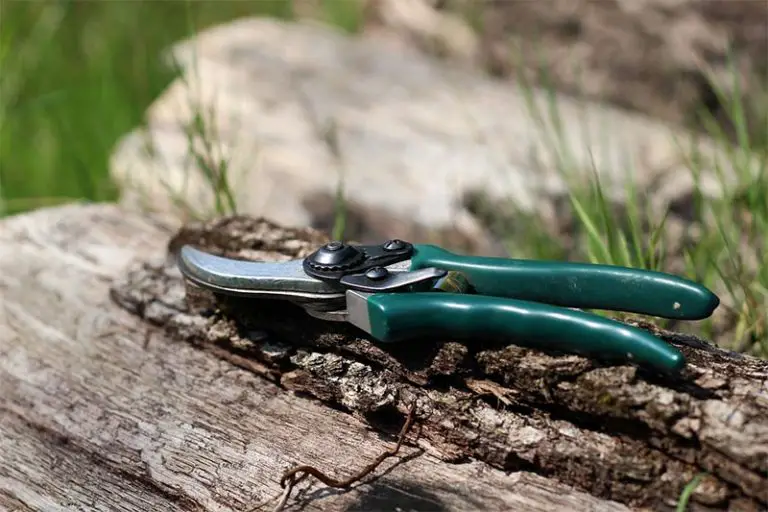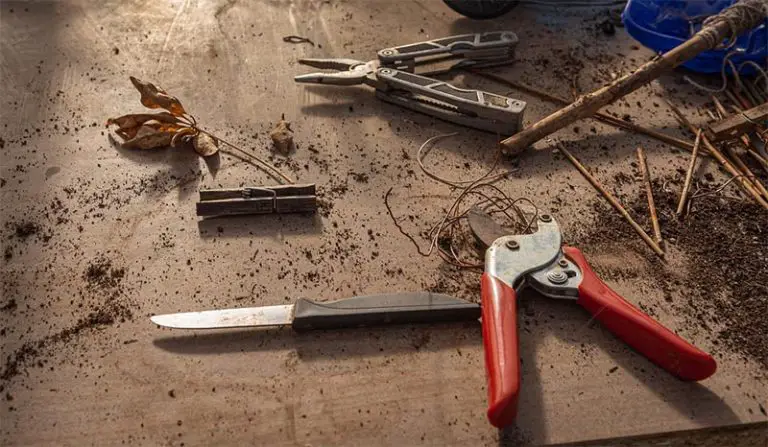Top 5 Tips for Bonsai Tree Maintenance
Have you wanted to own a bonsai but heard that they are high maintenance? Perhaps you’re worried that you don’t have the time to keep a bonsai healthy. Well, these are not reasons that should keep you from enjoying the art of bonsai.
Bonsai is very versatile, and many different species are very hardy if you want to start a bonsai. Maybe you’re not sure that you can invest the time needed to care for a bonsai. Species like the ficus and jade are much lower maintenance and an excellent place to start.
However, regardless of which species you have or if you have multiples, we will share a few tips to help make the maintenance of your bonsai easier and enjoyable. After all, the main goal of any hobby is to be enjoyable and relaxing. The same goes for bonsai.

Why Should I Maintain My Bonsai Tree?
Bonsai tree maintenance is essential to keep your tree healthy, thriving, and looking its best. There’s a reason why bonsai trees are so loved and such a respected art form. Although the name means tree in a pot, it’s so much more than that.
Anyone can buy a potted tree and display it in their home – that doesn’t make it a bonsai, though. The maintenance is what will eventually change it from just a tree in a pot to a true bonsai.
You need to maintain your tree to develop it into a bonsai, and this requires feeding, watering, pruning, and more. However, the process of maintaining your bonsai doesn’t have to be an all-consuming event that you dread. You can do simple things to keep it well maintained without spending hours every day on your trees – unless you want to, of course.

Our 5 Tips to Bonsai Tree Maintenance
When it comes to bonsai tree maintenance, it pays to know what the species needs to stay healthy. You need to cover the basics such as watering, fertilizing, pruning, and pest care.
In the beginning, it might be challenging to know when, how much and how long each of these tasks needs to take, but as you get to learn more about your trees and their needs, you will see the maintenance process becomes much more manageable.
We recommend doing a daily walk through your bonsai; this is the time you can use to water the ones that need it, take note of the health or any pest problems, and trim any new growth you don’t want. This is a great meditative experience and is excellent for the early morning before you start your busy day or even after work as you start to relax.
1. Choose the Right Location for Your Bonsai
Most bonsai don’t enjoy being moved around a lot. You can see this clearly when you bring a new bonsai home, and for a few days, the leaves droop a bit. As such, it’s a good idea to make sure you have a dedicated space for your bonsai, such as a patio, greenhouse, sunroom, or even a dedicated window sill.
You’ll also need to consider how much sun your bonsai needs. For this, you’ll need to check a care guide for your species as the requirements vary. Most bonsai love a few hours of morning sun and some shade in the afternoon, but this is not the case for all bonsai.
2. Set up a Watering/ Misting Schedule
Some bonsai need to be watered frequently, whereas others require the soil to dry out completely before being watered again. Make sure to check the needs of your species when you bring them home.
Misting should happen now and again, especially on very hot days. Once again, refer to your species care guide to see what your bonsai’s misting needs are.
Do you have multiple bonsai species and are not yet 100% sure of each one’s watering / misting needs? You can put labels either as ground tags or stuck to the surface where you place the bonsai. You can write the species, date planted, and other helpful info such as how often to water on this label. This way, when you’re watering, you have a reference right there.
3. Know When to Fertilize
This is another important maintenance tip. As with watering and location, different bonsai species require an additional amount of fertilizing. Again, a species guide will be your best friend here. You can include the fertilizing regularity on the label we mentioned above.
Also, if you are worried that you might not get around to fertilizing as often as you should, look into using fertilizer pots and pellets, which release the fertilizer much more slowly so that you can just replace them every few months (depending on the manufacturer).
4. Do Regular Maintenance Pruning
There’s nothing more exciting than when your bonsai is established and past that training stage. Once you are happy with the shape and size of your bonsai, you’ll need to keep it that way by maintenance pruning.
During this process, you just do a simple trim of any branches growing too long or any leaves or buds forming in spots that you don’t want, such as crotches of branches, etc. This isn’t the heavy structural pruning that is done, but rather just small trims that are meant to keep the shape of your bonsai. This can easily be included in your daily routine.
5. Take Proactive Steps to Prevent Insects and Other Pests
Although most bonsai are quite hardy against pests, why would you take the chance? That’s why you should act preventatively and spray your bonsai with an organic pesticide or even a simple neem-oil solution every few months to deter pests and other insects and keep your bonsai healthy.
Have your chosen insecticide ready so that when you do your daily walk and spot anything pest-related, you can act quickly before the issue spreads to other trees.
If you want to know more about neem oil and its benefits against various bonsai pests, you can refer to our article on the topic for more information.

We have a detailed bonsai tree care guide with all the relevant information. Check the guide out here!

Final Thoughts
The word ‘maintenance’ sounds so time-consuming and like work or effort. However, when it comes to your bonsai, it doesn’t have to be. Tending to your bonsai daily like this is very rewarding and definitely not too much effort.
For those few minutes (depending on the size of your collection), you get to clear your head and only focus on the beauty of nature in front of you. And with our tips, you can ensure that your bonsai stays happy and healthy.







